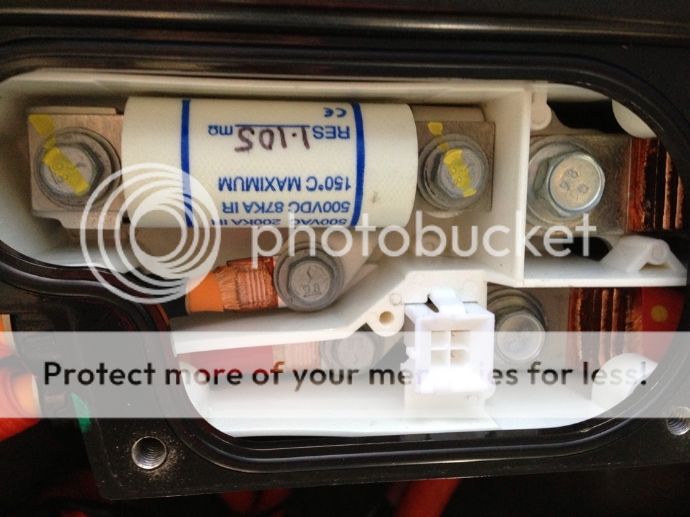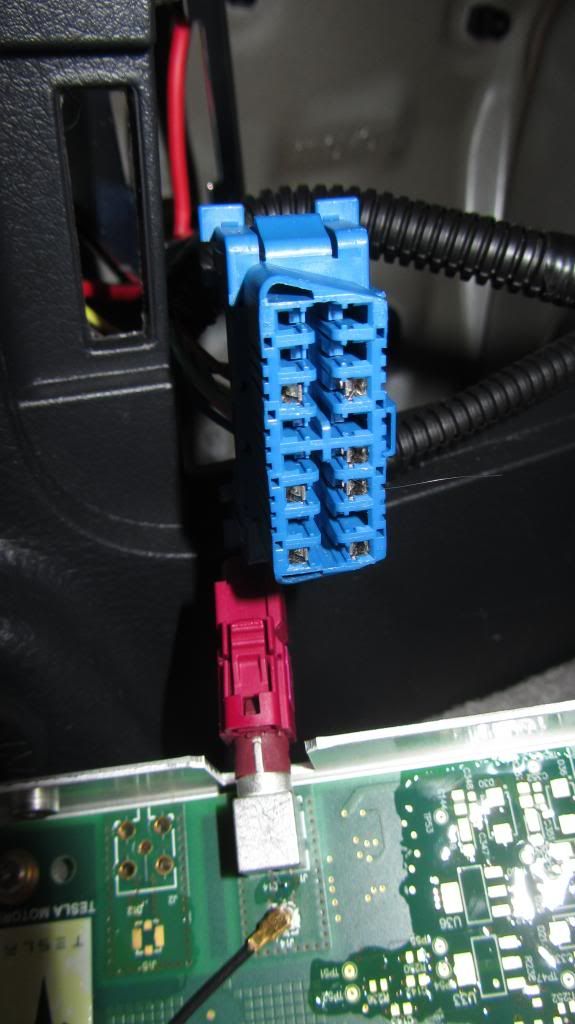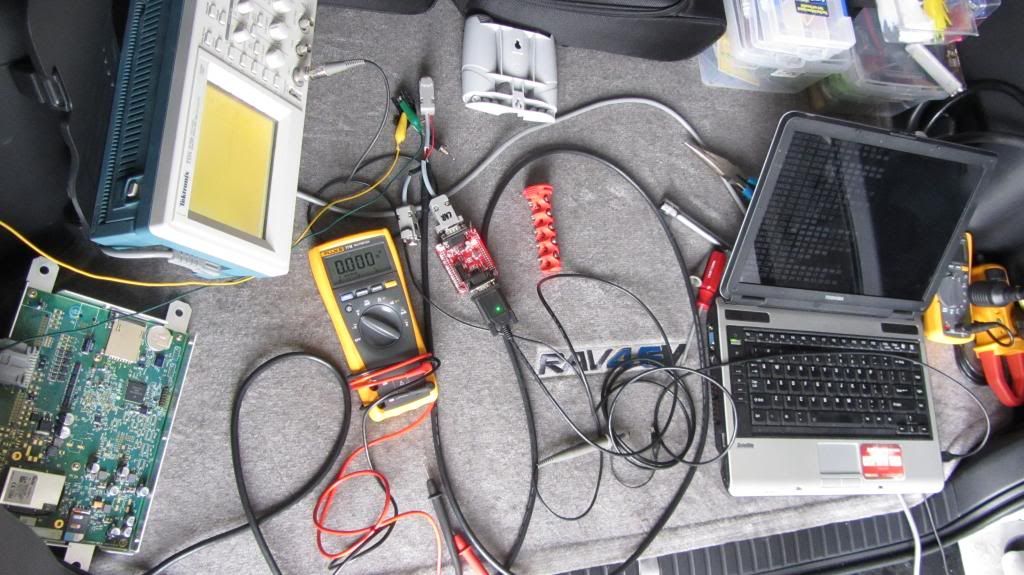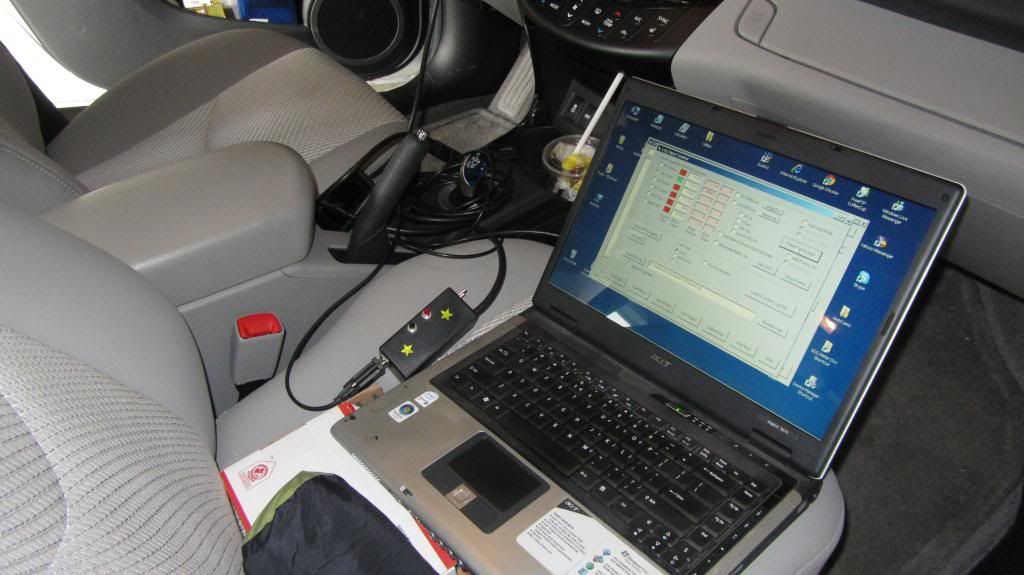garygid
Well-known member
With a fairly good experimental understanding of the QC
as used on the LEAF, we just need a good understanding
of the DC charging (if any) available on the Rav4EV.
Is the Rav4EV similar to the Tesla, or is it lacking any DC
charging capability at all? Tony will know.
Since Tesla advertises a Chademo adapter for the Tesla's
DC port, that would normally be fed by their Super Charger,
designing such an adapter would just require knowing more
about the car's DC control interface.
What does the Rav4EV have, other than a L1 / L2 input
(120v / 240v AC input)?
Whisper...
Someone we know should be getting a Tesla "soon".
I will have to inquire if they have ordered the "Chademo
Adapter" along with their vehicle.
as used on the LEAF, we just need a good understanding
of the DC charging (if any) available on the Rav4EV.
Is the Rav4EV similar to the Tesla, or is it lacking any DC
charging capability at all? Tony will know.
Since Tesla advertises a Chademo adapter for the Tesla's
DC port, that would normally be fed by their Super Charger,
designing such an adapter would just require knowing more
about the car's DC control interface.
What does the Rav4EV have, other than a L1 / L2 input
(120v / 240v AC input)?
Whisper...
Someone we know should be getting a Tesla "soon".
I will have to inquire if they have ordered the "Chademo
Adapter" along with their vehicle.







